Productivity Culture: Art and Capitalism Through the Lens of Clayton High School
Suppose a worker needed to dig a hole,” explained Professor Ian Fillmore, who teaches economics at Washington University in St. Louis. “If he uses just his hands, it will take a long time. But if we give the worker a shovel (which is a piece of capital) then he suddenly becomes more productive.” Productivity, in the traditional economic sense, is a ratio of worker inputs to outputs. If more outputs can be produced with the same inputs (for example, the same amount of time or resources), then productivity increases. But most Clayton students associate the idea of productivity less with labor economics and more with a culture at CHS. Of 59 students surveyed by the Globe, 81.4% reported feeling pressure to be productive from their parents, society, school or peers.
“I think that productivity culture is very damaging, because it makes people feel they have to be productive or doing work all the time, but that’s just not realistic for most people,” said senior Madeline Blatt. Despite the unattainability of achieving ultimate productivity at all times, many students internalize the pressures of productivity culture. 75.4% of surveyed students described feeling guilty or bad about themselves when they don’t feel productive. “I feel bad for enjoying things,” said freshman Sam McDonough, who describes themself as an “art kid.”
“But I don’t take any art classes, because I want to be seen as smart in school,” McDonough explained. They added that their teachers have never presented art as a viable career path.
“As it got closer to high school, art wasn’t discouraged, but it stopped being encouraged,” they said.
CHS art teacher Christina Vodicka added that although she encourages her students to recognize the value of art in developing essential critical thinking and creativity skills, she understands where this mentality comes from.
“Because many things about art feel subjective, students perceive it as less important than classes that use the parts of their brain they’re more accustomed to using,” she explained. “Or they perceive it as less statusdriven than core classes.” You can’t plug numbers into an equation to find the right answer in an art class. Creating art requires careful observation and awareness of one’s environment, so it’s seen as less “productive” than subjects like STEM and economics. That’s why it isn’t required in school curriculums or widely valued as a career choice.
McDonough’s experience is reflective not only of the environment at Clayton High School, but also of national economic trends. The U.S. Bureau of Labor Statistics projects that 32,900 jobs in art and design will be lost between 2019 and 2029, with overall employment in the sector declining 4 percent. According to BLS statistics, the highest-paying jobs in the art industry are multimedia entertainment artists/animators and art directors for product packaging, film, print magazines and newspapers. Floral designers and craft and fine artists earn the lowest median pay of arts and design occupations.
These kinds of artists who make art more for the sake of creating it than commodifying it are often looked down on in society for being low paid. Because people like floral designers and sculptors aren’t the most productive assets to the economy, they’re seen as low-worth despite the fact that we consume their work daily. “I’ll feel bad for doing art, because I’m not doing homework,” McDonough said. Jobs in the arts aren’t the only ones disappearing. Since the 2008 financial crisis, widely considered the cause of a major spike in wealth inequality, middle class jobs have become increasingly scarce and barriers to obtaining a college education have risen. Research from Harvard Business Review shows that the middle class was hit especially hard by the 2008 crisis, because housing makes up a larger share of middle class wealth and stock ownership is concentrated among the wealthy. Housing prices collapsed, while the stock market made a full recovery. Despite record low unemployment following the Great Recession and before the COVID-19 pandemic hit, job growth didn’t line up with wage growth; employment gains were mainly seen in minimum wage and gig economy jobs. This is how productivity culture began to take shape. The Great Recession hit in December 2007. According to a report from the Centers for Disease Control and Prevention, youth suicide rates remained relatively stable from 2000 to 2007 before surging 57.4% between 2007 and 2018. During that time period, widening economic inequality converged with the advent of social media. In 2010, 2011 and 2017, respectively, Instagram, Snapchat and TikTok launched.
“When we talk about social media and its role in this, there’s tons of aspects of ‘you have more followers than I do,’” said CHS economics and social studies teacher Daniel Glossenger. “And that in itself imputes a certain amount of power and worth. If you have more followers or you have more friends, or whatever. And I think that that also fuels some of this grind culture.” As big tech monopolized and the middle class shrunk, stress, isolation and depression skyrocketed among students. Meanwhile, the cost of higher education also rose dramatically. According to data compiled by U.S. News, tuition and fees over the last 20 years have risen 144% at private universities. Out-of-state costs at public universities have jumped 165%, with in-state costs increasing 212%. In contrast, inflation rose by only around 50% over the same time period. While higher expectations have been placed on students to succeed in an increasingly competitive economy, meeting those expectations has become exceedingly difficult.
“I think a lot of students feel the need to get involved in everything because if they don’t, then they might not get into college,” said sophomore Isabella Balmnolker. “Getting into college and being what your parents want you to be and being what the school wants you to be is just so valued.”
Many students, including sophomore Samantha Helmering, agree that the value placed on the college application process creates an environment of constant competition between students.
“There’s always gonna be someone that’s better than you, someone’s always gonna have better grades than you, someone’s always gonna be in better classes than you. So you have to do things that will make you stand out,” explained Helmering, describing what Glossenger observes as “a real fear that if they don’t, then someone else will” among his students. “College applications are essentially competition, I mean, who’s the best, who can get into where,” said Blatt. “But at Clayton it’s definitely competitive. Everyone wants to be the most involved, have the best resume. Honestly, I don’t really know where that stems from. I think it’s just been a part of our lives for so long, and especially with the media and everything, where you can just see how accomplished everyone is.” However, schools like Clayton aren’t likely to address this issue anytime soon. Clayton High School is ranked as the #2 best public high school in Missouri by Niche, with an 86% AP exam pass rate and an average ACT score of 30. The school district places high value on these rankings, as seen in a recent article published on the School District of Clayton website describing an error in the 2021 Niche rankings of Missouri school districts.
“When the District discovered the error it immediately contacted Niche,” the article explains before reassuring readers that Clayton remains one of the highest-performing districts in the state. Schools have become so focused on maintaining the label of “high-performing” that character education and counseling for students are neglected in favor of student success.
Productivity culture is what ensures that students are successful, and the success of CHS students means economic success for Clayton. Good schools attract homebuyers who are willing to pay high property taxes in exchange for high-quality education.
“By the time your kid’s going to college you’ve invested 20 years, in some cases, in paying Clayton taxes and paying a higher property value,” explained Glossenger. “So I think there is some belief of, ‘Hey kid, you better not waste this huge investment that I’ve made by going to some no-name school or, heavens to Betsy, going to community college.’” He pointed out, “Kids at Clayton are not dumb. They know that their parents could have afforded probably twice as big of a house in St. Charles, but their parents said ‘No, I really want to live in Clayton and send my kids to that school.’ And so even if their parents aren’t putting that pressure on them, kids know.”
The typical Clayton home value is $734,494. The median household income rests at $107,596. Every day, 45,000 people come to work in Clayton’s 3,400 businesses, 10,000,000 square feet of office space and 1,000,000 square feet of restaurants, boutiques and galleries.
The strength of these numbers relies heavily on Clayton students’ levels of productivity. Clayton produces high-earning students, therefore attracting high-income homebuyers. Because the city is so economically successful, residents have more disposable income to put back into the economy. Businesses and corporations like Centene have more opportunities for expansion and development.
That’s why so many CHS students feel guilty for not being productive. That’s why they feel like they’re in competition with even their closest friends. That’s why they feel like there isn’t an option other than staying on the grind to be successful. It’s because the economy of our community is dependent, at least in part, on our levels of sleep deprivation and guilt.
But despite the internalization of grind culture that so many students experience, there are alternatives to sacrificing happiness for production.
“Through my freshman, sophomore, partially into junior year, I definitely struggled with that, feeling like I wasn’t enough because I wasn’t as involved as some of my other peers,” said
Blatt. “But then I started realizing this year that it doesn’t matter. As long as I’m enjoying my life, who cares how involved I am compared to the next person?”
The idea of conscious non-productivity as a form of resistance has gained prominence in recent years. In her book “How to Do Nothing: Resisting the Attention Economy,” multi-disciplinary artist and Stanford University lecturer Jenny Odell argues that we can retrain our attention to connect with the world around us and each other; we can learn how to maintain, observe and protect our environments and selves instead of spending all of our time mindlessly producing and consuming.
Odell writes, “In a situation where every waking moment has become the time in which we make our living, and when we submit even our leisure for numerical evaluation via likes on Facebook and Instagram, […] time becomes an economic resource that we can no longer justify spending on ‘nothing.’”
Blatt expressed a similar sentiment. “In today’s society, there’s just always something hanging over your head. That’s just part of how it works. You never really finish everything, and even if you do, there’s still always something you could be working on. And so I think that looming feeling just pressures people to feel like they have to be doing something all the time.”
Another case against productivity culture comes from The Nap Ministry, an organization that advocates for the power of rest and relaxation as a radical tool for Black liberation and healing. As their blog explains, “We believe rest is a form of resistance and name sleep deprivation as a racial and social justice issue.” The burdens of productivity culture fall disproportionately on Black communities that are commodified and exploited by the economic system, disempowering people of color while advantaging and elevating privileged people like most Clayton students.
It’s a system that tells privileged white people that they will succeed if they work hard enough, while disadvantaged people face countless societal barriers to success in a culture that elevates wealth and privilege as virtues of “hardworking” individuals. Productivity is part of white supremacy culture–that’s why it’s so ingrained in majority-white organizations and educational institutions like the School District of Clayton.
When it comes to what resistance of productivity culture actually looks like, it starts with a re-examining of how we think about the idea of worth or value. Balmnolker explained that students tend to evaluate their worth in comparison to others.
“I see them being super productive and doing a bunch of stuff and I feel like I’m not doing enough, and then I’m like, I’m not getting enough awards, or I’m not doing this, I’m not doing that. I feel worthless, almost,” they explained.
We have linked institutional prestige, capitalist economic value and productivity levels so closely to our identities that we equate how much we are worth to the economy, college admissions and grind culture with how much we are worth as human beings. For example, Glossenger explained that even the language we use to talk about wealth and value, such as describing how much a billionaire is “worth,” fuels this equivalence.
Many of us don’t have identities or perceptions of our own self-worth outside of what we consume and produce. We don’t have hobbies or feel like we have time to actually do things that make us happy. Instead, we focus all of our energy on the future instead of the present. Students are inundated with a message that they should strive to achieve great things, dream big and go places–what Odell calls “the rhetoric of growth.” Working towards goals is a good thing, but this mentality makes us feel like we never actually achieve our goals because there’s always something more. We aren’t taught that it’s enough to be happy and content with the present moment, because as consumers we are conditioned to constantly want more and as producers we are conditioned to constantly achieve more.
As Glossenger said, “You’re never going to be happy if you’re constantly chasing some sort of dream at the end of all of this awful, terrible work or grind. And I think too often, the young people who I interact with confuse the two, or even maybe somewhat worse, they’ll lie to themselves and say ‘no, I really like this grind.’ And I’m like, no, all of the outward things do not show that you’re enjoying the grind. They show that you feel sick from not sleeping enough and not having friends.”
We feel the need to commodify every aspect of our own lives, even our free time, because we ourselves are commodities.
“Even when Clayton kids are doing hobbies, it’s so competitive that it’s like varsity, varsity, varsity,” said sophomore Ana Marin. “It’s still not relaxing, it’s still another competition and arena.”
The education system has not been built to allow students to discover what makes them happy and what they value, outside of winning competitions, being “successful” and maintaining a high GPA. It has been built to perpetuate a toxic cycle that keeps schools high-achieving and economies like Clayton thriving. Freshman Sophia Lu described this process of going through high school, getting into college and securing a career as “an endless cycle of productivity.” It’s a cycle that is actively upheld by the culture at CHS, and it’s up to us as students to escape it.
A $50 or more donation includes a subscription to the Clayton High School Globe 2024-2025 print news magazine.
We will mail a copy of our issues to the recipients of your choice.
Your donation helps preserve the tangible experience of print journalism, ensuring that student voices reach our community and that student democracy thrives.

Ivy is a senior at CHS and excited to return to Globe as co-Editor-in-Chief this year! She joined the staff three years ago because she has always loved to write and believes in...


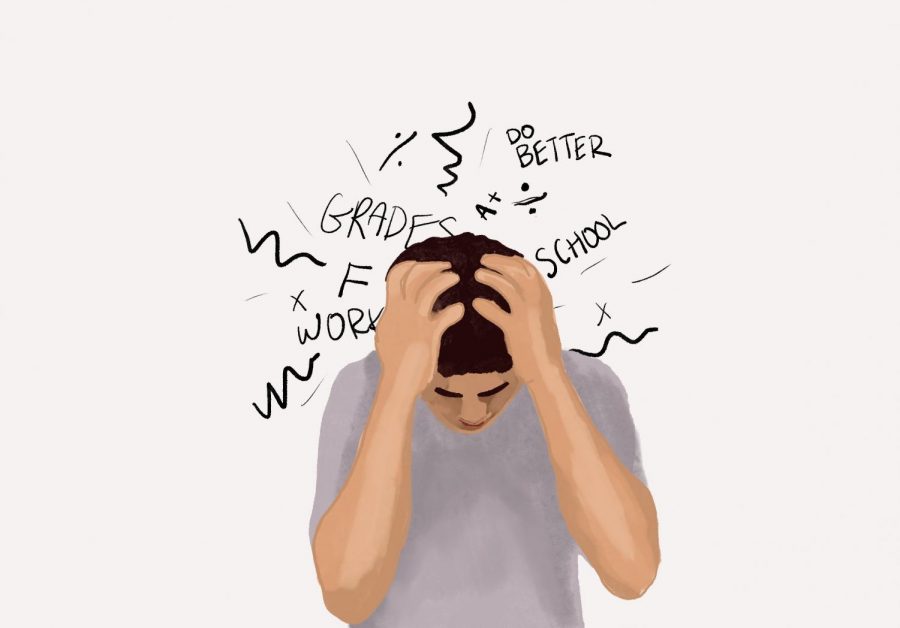
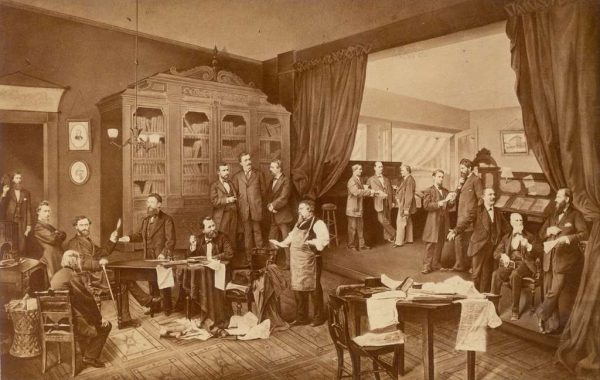

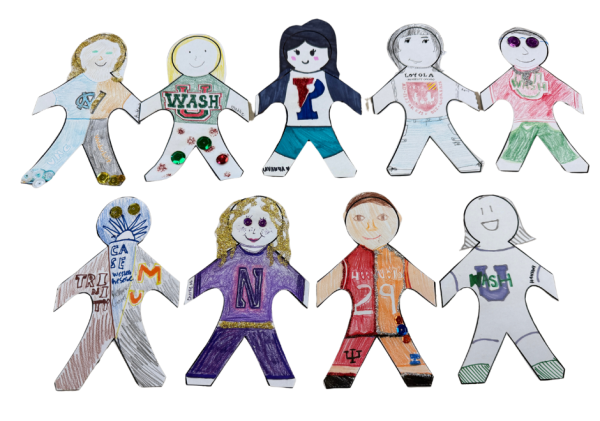

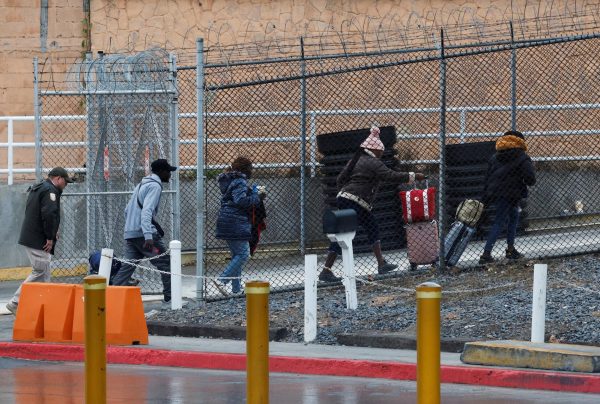

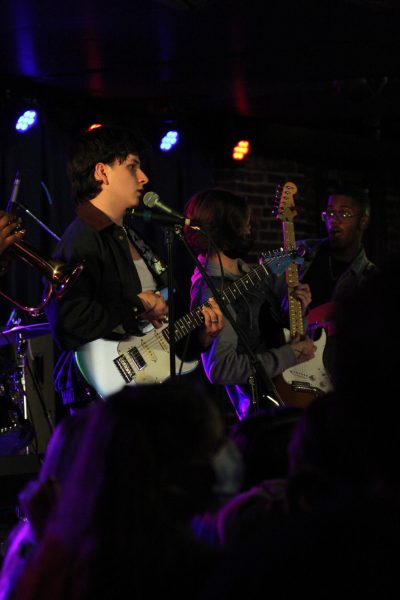
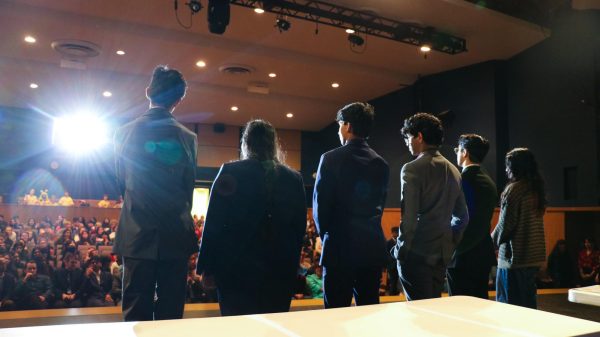
Flannery Burke • May 30, 2021 at 2:25 pm
So grateful for this article, Ivy Reed!
In addition to the excellent resources shared in the piece, I’d also recommend Stanford University’s Challenge Success for students, teachers, parents, and administrators: https://www.challengesuccess.org